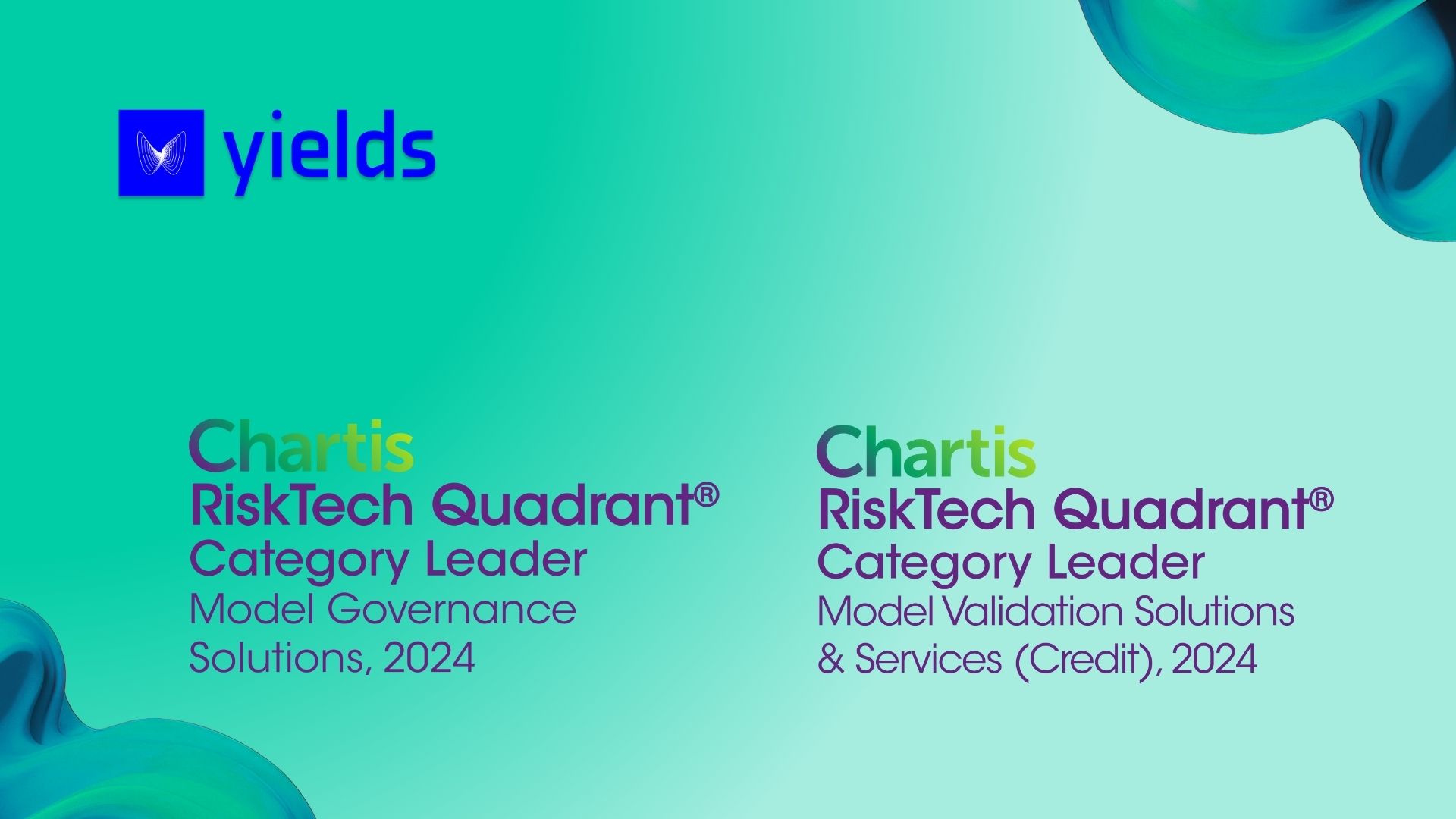Webinar Recap: Evolution of MRM
As artificial intelligence (AI) continues to transform industries, the field of Model Risk Management (MRM) is undergoing a significant evolution. In this webinar, Jos Gheerardyn and Giles Spungin talked about this critical transition, exploring the challenges and opportunities that AI presents to MRM professionals and how model risk management is evolving.
The Changing Landscape of Model Risk Management
Traditionally, Model Risk Management has been focused on ensuring the accuracy, reliability, and compliance of statistical models used in financial decision-making. These models have been relatively straightforward, relying on well-understood statistical techniques and data sets. However, the advent of AI has dramatically changed this landscape. AI models are more complex, often less transparent, and generally evolve at a higher pace (e.g. when they operate in real-time environments). This shift poses new challenges for MRM professionals, who must now account for a broader range of risks and uncertainties.
One of the primary concerns highlighted in the webinar is the opacity of AI models, often referred to as “black box” models. Unlike traditional models, where the relationship between inputs and outputs is typically clear, AI models can be difficult to interpret. This lack of transparency can make it challenging to understand how decisions are being made, which in turn complicates efforts to manage risk effectively.
The Need for Broader Skill Sets
As the complexity of models increases, so too does the demand for a more diverse set of skills within MRM teams. The webinar emphasized the importance of interdisciplinary expertise, combining knowledge of traditional risk management with skills in data science, machine learning, and AI ethics.
MRM teams are now expected to not only validate the mathematical integrity of models but also assess their ethical implications. This includes evaluating potential biases in AI algorithms, understanding the societal impact of AI-driven decisions, and ensuring that AI models are aligned with both regulatory requirements and ethical standards.
The integration of AI into MRM also necessitates collaboration across departments. IT, compliance, and business units must work together to ensure that AI models are developed, validated, and deployed in a manner that mitigates risk while maximizing their potential benefits.
Ethical Considerations in AI Deployment
A significant portion of the webinar was dedicated to discussing the ethical challenges posed by AI in MRM. AI models have the potential to introduce biases, either through the data they are trained on or the algorithms they use. These biases can lead to unfair or discriminatory outcomes, which can have serious legal and reputational consequences for organizations.
The webinar speakers stressed the importance of implementing ethical AI frameworks that prioritize fairness, transparency, and accountability. This includes conducting thorough audits of AI models to identify and mitigate potential biases, as well as ensuring that AI-driven decisions are explainable to both regulators and the public.
In addition to ethical considerations, regulatory compliance remains a critical concern. The existing regulatory framework for MRM was largely developed with traditional models in mind, and there is an ongoing debate about how these regulations should be adapted to address the unique challenges of AI. The webinar highlighted the need for updated guidelines that reflect the complexities of AI models and provide clear standards for their validation and oversight.
Integrating Technology into MRM Frameworks
The use of advanced technological tools is becoming increasingly important in managing the risks associated with AI. The webinar showcased a range of tools and techniques that can help MRM professionals navigate the challenges of AI, from AI-based validation systems to automated monitoring solutions.
One of the key takeaways from the webinar was the importance of preventative controls. In the fast-paced world of AI, risks can materialize quickly, and organizations must be proactive in identifying and mitigating these risks before they have a chance to cause harm. Preventative controls, such as real-time verification of model health during deployment, can help organizations stay ahead of potential issues and ensure that their AI models are operating as intended.
The webinar also highlighted the role of continuous learning in MRM. As AI models evolve and adapt to new data, MRM frameworks must also be flexible and responsive. This requires ongoing training for MRM professionals, as well as the development of dynamic validation processes that can keep pace with the rapid changes in AI technology.
Case Studies and Real-World Examples
Throughout the webinar, several case studies were presented to illustrate how leading organizations are adapting their MRM frameworks to accommodate AI. These examples provided valuable insights into both the opportunities and challenges of integrating AI into MRM.
For instance, one case study highlighted a financial institution that successfully implemented an AI-based model for credit risk assessment. By leveraging advanced machine learning techniques, the institution was able to improve the accuracy of its risk predictions and make more informed lending decisions. However, the implementation process was not without its challenges. The institution had to address concerns about model transparency, data quality, and regulatory compliance, all of which required close collaboration between MRM teams and other departments.
Another case study focused on the use of AI in fraud detection. An organization that adopted an AI-driven approach to identify fraudulent transactions reported a significant reduction in false positives, which in turn led to cost savings and improved customer satisfaction. However, the organization also encountered difficulties in explaining the AI model’s decisions to regulators, underscoring the need for greater transparency in AI-driven processes.
Looking Ahead: The Future of MRM in the AI Era
As AI continues to advance, the field of Model Risk Management will need to evolve in tandem. The webinar concluded with a discussion on the future of MRM, emphasizing the importance of adaptability and continuous improvement.
One of the key trends identified was the potential for AI to autonomously manage risk. While this concept is still in its early stages, there is growing interest in the idea of AI systems that can not only identify and assess risks but also take corrective actions without human intervention. This could revolutionize the field of MRM, reducing the burden on human professionals and allowing organizations to respond to risks more quickly and effectively.
However, the speakers also cautioned against relying too heavily on AI. Human judgment and oversight will remain critical in ensuring that AI models are used responsibly and ethically. MRM professionals must be prepared to strike a balance between leveraging the power of AI and maintaining the necessary checks and balances to prevent unintended consequences.
Conclusion
The webinar provided a comprehensive overview of the challenges and opportunities presented by AI in the field of Model Risk Management. As AI continues to reshape the landscape, MRM professionals must stay informed and engaged with the latest developments in technology, ethics, and regulation. By embracing a proactive and interdisciplinary approach, organizations can navigate the complexities of AI-driven MRM and unlock the full potential of this transformative technology.
For more insights on model risk management and to stay updated with the latest developments, subscribe to our newsletter and follow us on social media.




